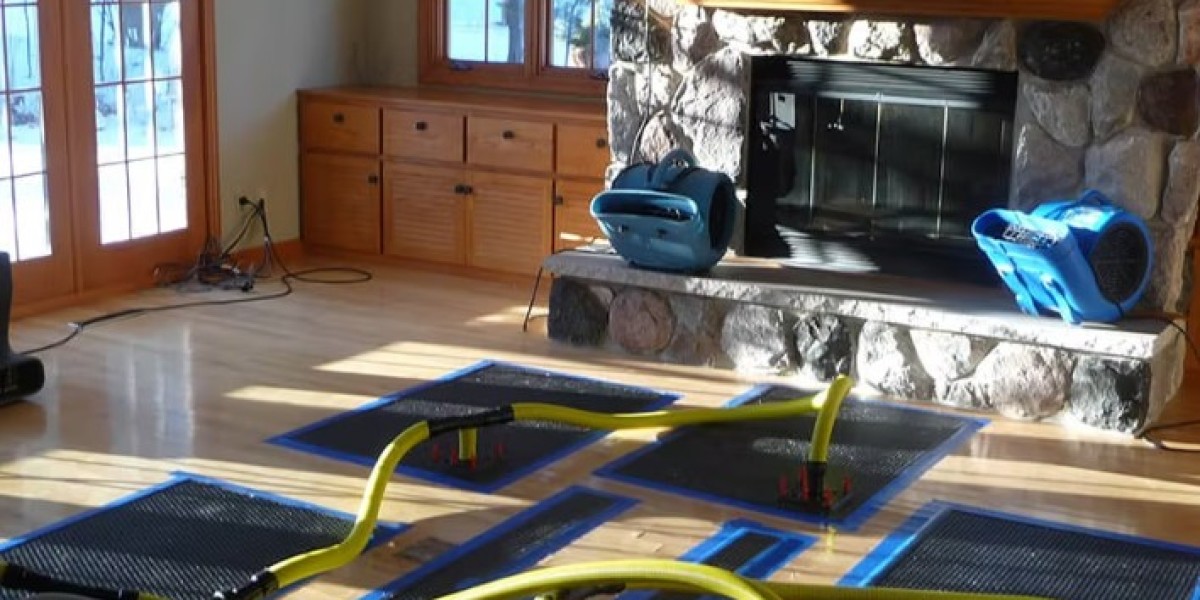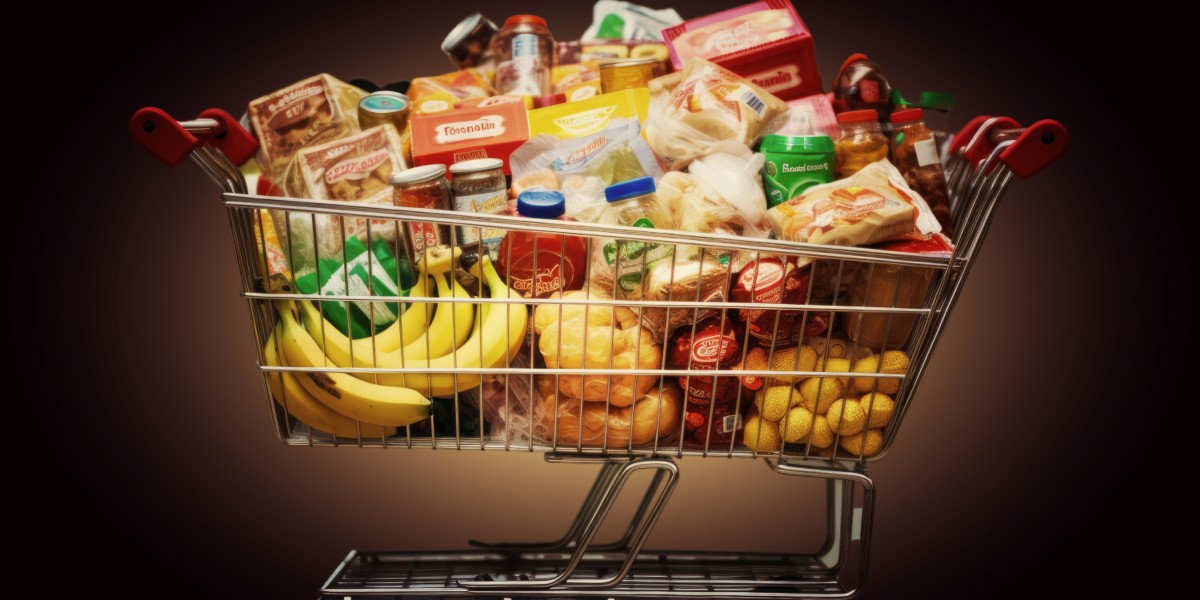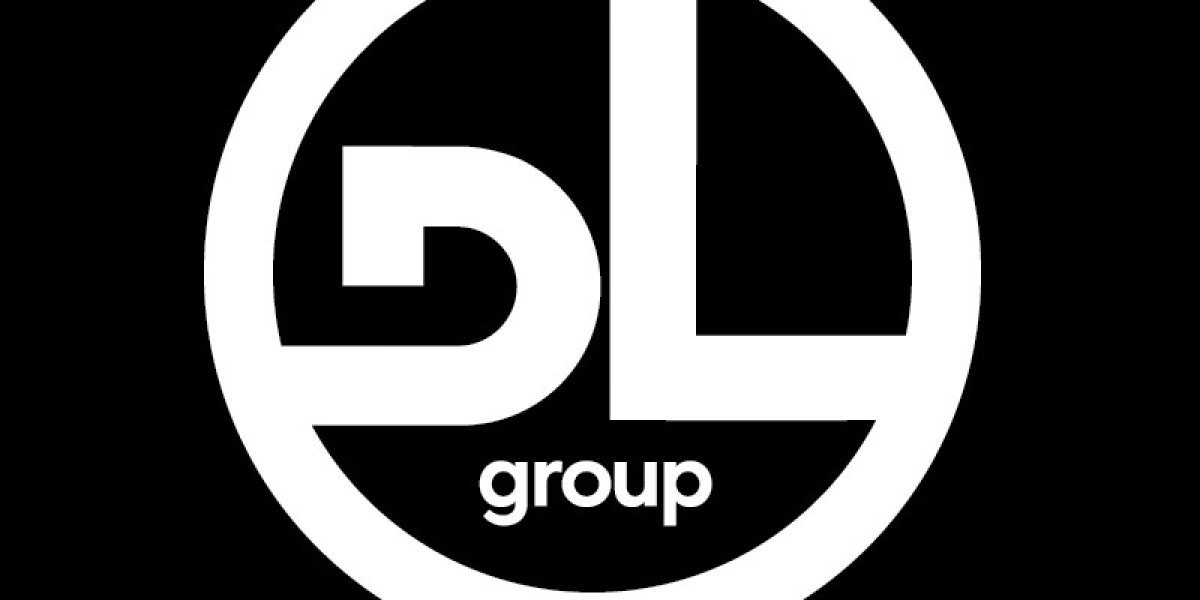Restoring Your Home’s Value After Water Damage with CV Water Restoration
Water damage can be one of the most distressing situations a homeowner can face. Whether it's a result of a burst pipe, flooding, or even an unnoticed leak, the effects can be profoundly damaging to both the structure of your home and its overall value. Fortunately, restoring your home after such an incident is possible, especially with the help of experienced professionals like CV Water Restoration. This article will explore the essentials of recovering from water damage and how you can effectively restore your home's value.
Understanding Water Damage
Water damage occurs when water infiltrates a structure, leading to harm or deterioration. It can manifest in various ways, such as mold growth, structural weakening, and damage to personal belongings. The type of water causing the issue—clean, gray, or black—also plays a significant role in determining the necessary restoration steps. Clean water might come from a broken pipe, while gray water could originate from an appliance. Black water, often containing harmful bacteria, typically results from sewage backups. Understanding the source of the water damage is crucial for the subsequent restoration process.
The Immediate Response
The first step after discovering water damage is to act quickly. Time is of the essence when it comes to mitigating the impact of water. CV Water Restoration emphasizes the importance of prompt action. As soon as water intrusion is detected, it is vital to turn off the source of water and power to prevent further damage. Next, it is crucial to contact professionals who can assess the situation and begin the recovery process. Attempting to handle significant water damage alone can sometimes lead to more issues, including the possibility of contracting illnesses from mold or bacteria.
Assessing the Damage
Once professionals from CV Water Restoration arrive, they will conduct a thorough assessment to determine the extent of the water damage. This evaluation includes checking for visible signs of damage as well as using specialized equipment to detect moisture hidden within walls, ceilings, and floors. Understanding the level of damage is essential for developing an effective restoration plan. During this assessment phase, the professionals will categorize the water damage, which will guide the next steps in the restoration process.
Water Extraction and Drying
After assessing the situation, the next pressing task is to remove any standing water and begin the drying process. CV Water Restoration uses industrial-grade pumps and vacuums to quickly and efficiently extract water from the affected areas. After extraction, the team will set up specialized drying equipment, such as air movers and dehumidifiers, designed to remove residual moisture. Quick and thorough drying is imperative as it helps prevent further damage, particularly mold growth, which can thrive in damp environments.
Cleaning and Sanitizing
Following the removal of water and drying of surfaces, cleaning and sanitization are vital steps. This phase often involves the use of specialized cleaning products and techniques to eliminate contaminants and bacteria that may accompany water intrusion, especially in cases of gray and black water damage. CV Water Restoration prides itself on ensuring that all affected areas are not only dry but also hygienic. This reduces the risk of illness and ensures a safe environment for you and your family.
Repairs and Restoration
Once the home is clean and dry, it's time for repairs. This may include replacing drywall, repairing flooring, or other structural repairs that are necessary to restore your property to its pre-damage condition. Depending on the extent of the damage, CV Water Restoration can assist you in coordinating these necessary repairs, often working alongside contractors to ensure that everything is handled efficiently. Their goal is to restore your home not just to its previous state but to improve it where possible, enhancing its value.
Preventative Measures for the Future
After restoring your home, it is equally important to implement preventative measures to avoid future water damage. CV Water Restoration can offer valuable guidance in this regard. Regular maintenance, such as checking pipes for leaks, ensuring proper drainage around your property, and inspecting roofing materials can significantly reduce the risk of future water-related issues. Additionally, investing in a home inspection can help identify weaknesses in your home’s structure that may lead to leaks.
Conclusion
Restoring your home after water damage is not only about repairing the visible damage but also about ensuring that your property retains its value and remains a safe and enjoyable place for you and your family. With professional help from CV Water Restoration, you can confidently navigate the complexities of water damage recovery. By taking swift action and prioritizing restoration, you can bring your home back to its full potential, minimizing losses and safeguarding your investment for the future.









